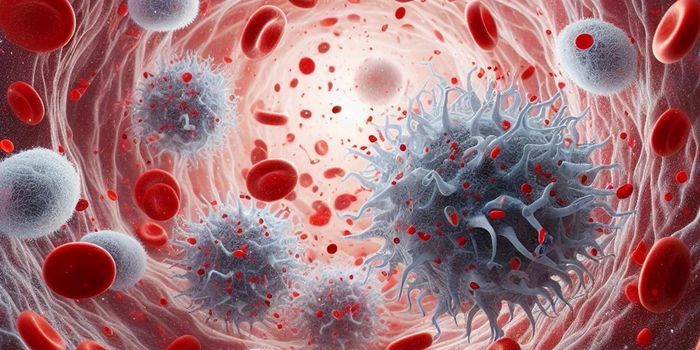CNS Tumor Cells Destroyed by Zika Virus
Central Nervous System (CNS) tumors have historically be categorized though histopathology (a microscope-based approach). Tumors are surgically removed and then biopsied to determine a diagnosis, prognosis, and treatment determinations. With advances in molecular and genetic profiling of tumors, researchers and providers found that the combination of CNS tumor biodiversity and their unique molecular markers really define brain tumor types. The World Health Organization (WHO) reclassified CNS tumors in 2016 based on this information. There are additional recognized entities based on variants and patterns in Glioblastomas and Ganglion Cell tumors for example. An “integrated diagnosis”, based on the new edition of WHO brain tumor classifications will be more precise and include: histological diagnosis, WHO histological grade, and molecular information.
The changes in the WHO classification have helped provide guidance on molecular markers that can be targets of new immunotherapies. It helps differentiate the cellular makeup of particular tumors that could not be determined prior.
On April 26, 2018, a Brazilian study was published in the journal Cancer Research utilizing the Zika Virus to kill CNS tumor cells. The group focused their work on embryonal CNS tumors because these are found to be aggressive and reveal themselves close to birth or in early adolescence. These are fast growing tumors that cause damage as the CNS is developing in a child. The researchers focused initially on Zika because it infects and destroys neural stem cells in the fetus and prevents the formation of new neurons. While not fully understood, it is suspected that Zika targets the neural stem cell surface marker AXL. They wondered if the virus could attack tumor stem cells in the CNS, given its modus operandi in healthy tissue.
They examined the effects of Zika on three human tumor cell lines derived from medulloblastoma and atypical teratoid/rhabdoid tumors (AT/RT). These cancers are caused by stem cell DNA aberrations and affect neural progenitor cells during development and cellular maturation processes. The group also infected other tumor cell line types from breast, prostate, and colorectal cancers as a comparative to neural tissue tumor effects.
Results showed that even small amounts of Zika virus were enough to infect CNS tumor cells. In far fewer numbers, prostate cells were infected. No amount of Zika used in the experiment was enough to induce infection of breast or colorectal cancer cells.
The group also examined the comparative capacity of Zika to infect CNS tumor cells and healthy neural stem cells. Surprisingly, the CNS tumor cells were more susceptible to destruction by Zika than the healthy stem cells. The AT/RT tumor cell line was: 1. most sensitive to infection and, 2. the closest in molecular resemblance to healthy neural stem cells. The group also found that upon initial examination, Zika can also infect and kill other kinds of CNS tumor types including glioblastoma.
More research must be done to continue developing the potential of using Zika to destroy CNS tumors while not damaging healthy brain tissue in vivo; we have seen the consequences of this virus painfully manifested in children born in the very recent past, so it is prudent to consider how to meaningfully use Zika in a controlled way.
Sources: Cancer Research, Sao Paulo Research Foundation, National Brain Tumor Society,









